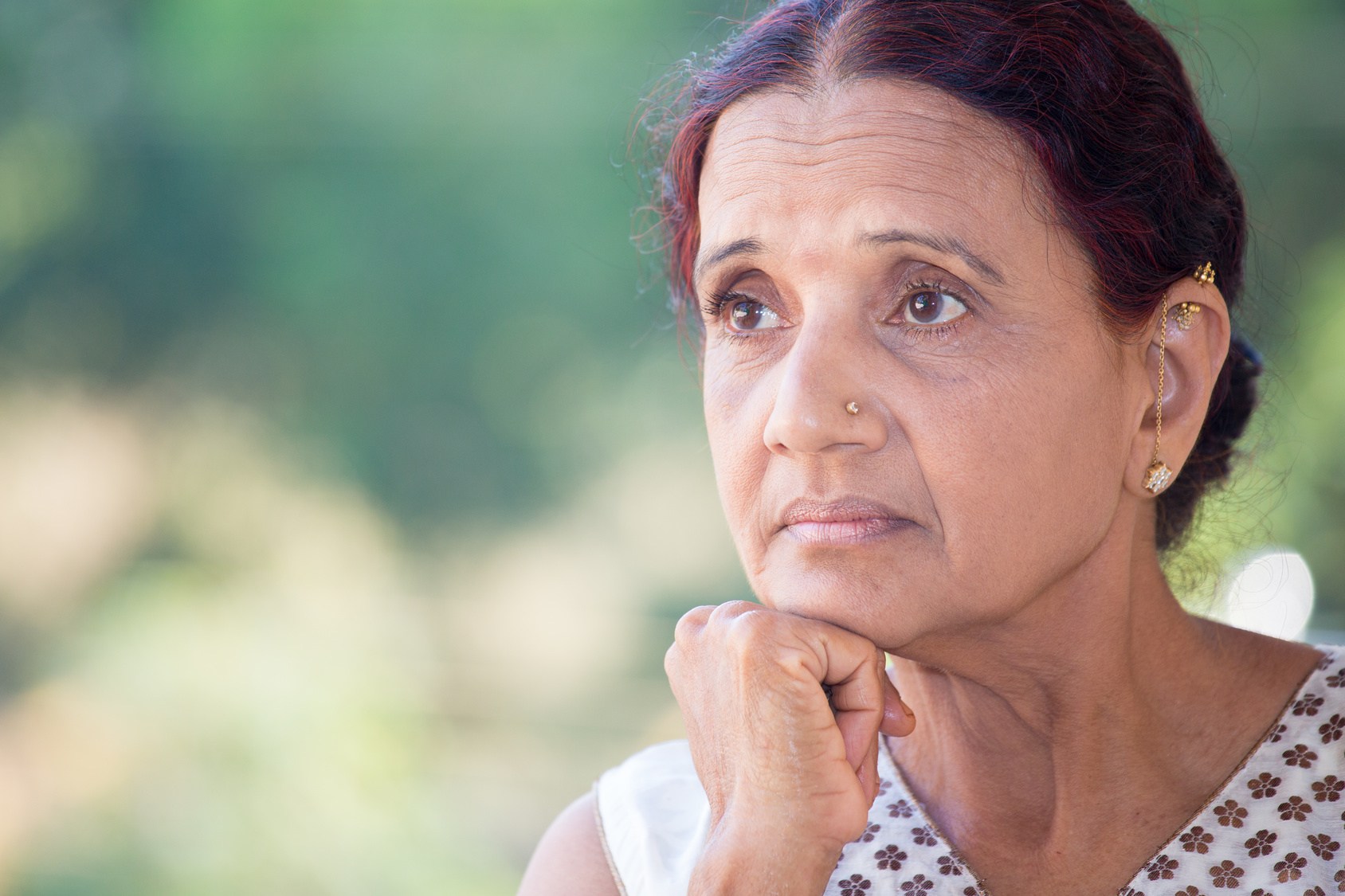
It’s not uncommon to find middle-aged, menopausal or post-menopausal women have an accumulation of pesky health problems. With the stress that comes with coping up with patriarchal body and beauty standards, is also the need to maintain the precarious work-life balance.
All in all, women don’t have it easy. And the same has been reiterated by the rate at which heart disease effects women–way more frequently than men. Before you go and label us ‘pseudo feminists’, read this: Each year, about 425,000 women have a stroke-55,000 more than men, according to a report in health.harvard.edu.
With actress Sridevi’s untimely demise, which was initially suspected to be due to cardiac arrest, the topic of women’s heart health has entered drawing-room discussions again–and rightly so. The wave of awareness about the issue hit social media too:
Globally 1 in 4 women die of Heart Failure, yet women are the least likely to get timely diagnosis or treatment.
The question, however, remains–why do these facts about women’s heart health remain still largely unknown? How do women differ in case of hearts than men? Why does heart disease go undetected in women for decades sometimes?
The answers to those long-pending questions are rather interwoven and convoluted. But we’d attempt to answer them all, one by one:
How are heart disease symptoms different in men and women?
While for men, a heart attack would mean sudden and extreme chest pain, breaking out into a cold sweat–the more evident symptoms–for women, heart attacks can be much smaller and more frequent. It’s not uncommon for women to realise that they’ve suffered a mild heart attack or two in the past, when they do eventually visit a cardiologist.
Dr Gita Prakash, of Max Multi Speciality Centre Delhi, says women’s heart disease symptoms are by nature much milder than men’s. “In women, heart disease symptoms can be anything from jaw pain to chronic fatigue to abnormal sweating to mild pain in the chest or even sometimes just heartburn. Basically, their symptoms aren’t typical, so someone needs to really watch out for them, if they themselves are ignoring these pesky problems.”
What complicates the matter further is wrong diagnosis by medical practitioners. If women visit a doctor due to chest pain or shortness of breath, more of than not, these symptoms are dismissed by the practitioner as “stress”, owing to the lives we now live.
At what age are women most susceptible to heart disease?
As Dr Prakash suggests, there are two age brackets in which women are most susceptible to heart problems, “The first bracket is between 40 and 50 because of three main factors: (a) Because women are menopausal in this stage, their hormones are not protecting their health anymore; (b) The pressure to reach the top of their careers, while balancing family life; (c) Loneliness, because kids usually leave for college or work during this age.”
The second bracket is around the age of 60, simply because of biological deterioration of the body; this is a risky age bracket for men’s heart-health too.
Why does heart disease go undetected in women?
Unlike most men in India, women have the added responsibility of maintaining the kids’ or parents’ health too, so they end up neglecting their own. “The societal setup that demands for a woman to juggle work and home and family gets to her in ways most men can’t fathom. Every time a woman has mild chest pains, for instance, she’d think about what next needs to be done for her kids instead of going to see the doctor. Women in our patriarchal setup have not been taught to take care of themselves. But with the younger generation, thankfully, things are changing; women are learning to put themselves first,” says Dr Prakash.